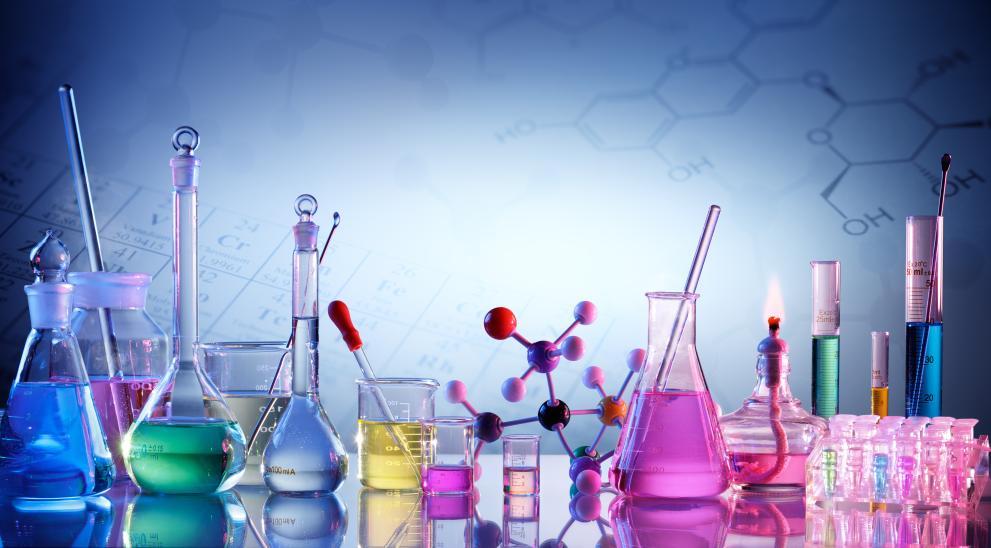
According to estimates of the European Environment Agency (EEA), approximately 70% of around 100,000 chemicals on the EU market have been poorly assessed for their safe use. This is because most manufactured chemicals are not subject to any legal act requiring information to ensure safety. At the same time, the volume and diversity of chemicals continues to increase.
Responding to this, JRC scientists introduce “Chemicals 2.0”, an efficient, effective approach aligned with the EU goal of replacing animal testing, to be developed together with partners within the European Commission, regulators and industry stakeholders.
Chemicals 2.0 emphasises the use of New Approach Methodologies, including in vitro methods and computational modelling, as alternatives to animal testing. It meets the objectives of the recent European Citizens’ Initiative ‘Save Cruelty-Free Cosmetics – Commit to a Europe without Animal Testing’ aiming to
- protect and strengthen the ban on cosmetics animal testing,
- transform EU chemicals regulation to manage chemicals without new animal testing requirements,
- modernise science in the EU by phasing out all animal testing.
This European Citizen Initiative is the ninth (out of total of 107) in a decade that has reached the threshold of one million signatures needed for the Commission to consider an action. In response to it, the Commission is developing a roadmap by the second half of 2025, outlining actions and milestones necessary to in the future phase out animal testing in chemical safety assessment implemented through EU legislation, covering all chemicals legislation.
A workshop on the Commission roadmap, involving all stakeholders interested in the process, and including the organisers of the initiative, is taking place today.
Design Criteria for Chemicals 2.0
JRC scientists propose key criteria for Chemicals 2.0, including applicability to all substances, equivalent protection levels, maintaining current classifications, and using new approach methodologies for toxicodynamics and toxicokinetics. Toxicodynamics refers to the effects of a toxic agent on a biological system, while toxicokinetics is about the movement and the fate, or elimination, of a toxic element in an organism.
The scientists also suggest a new classification scheme into high, medium, and low concern levels, influencing risk management decisions. The transition from the current system to the new scheme will be phased, preserving existing classifications until proven alternatives are established.
The Designathon initiative
To better assess and manage the risks of chemicals, the JRC in collaboration with the European Partnership for Alternative Approaches to Animal Testing, a partnership bringing together the Commission and industry, invited scientists from all stakeholders to the designathon initiative for human systemic toxicity. The call for participation closes at the end of 2023. Its objective is to join forces and co-create “Chemicals 2.0”.
Related links
Call designathon for human systemic toxicity
Towards a future regulatory framework for chemicals in the European Union – Chemicals 2.0
Details
- Publication date
- 11 December 2023
- Author
- Joint Research Centre
- JRC portfolios



